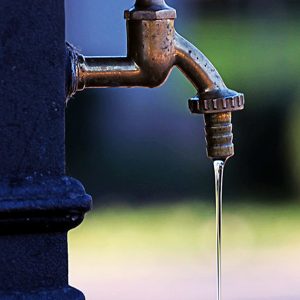When you think about the components that make up your bathroom, the toilet shut-off valve might not be the first thing that comes to mind. Yet, this unassuming device is a true unsung hero, quietly working behind the scenes to ensure the smooth operation of your bathroom and the conservation of water. In this blog, we’ll unveil the hidden heroics of toilet shut-off valves, exploring their significance, functions, and how they contribute to a more efficient and environmentally conscious household.
The Unsung Significance
Toilet shut-off valves may be small in size, but their significance is immense. These valves act as the gatekeepers of your toilet’s water supply, regulating the flow to the tank. Their role might not be flashy, but it’s essential for a range of reasons:
1. Preventing Leaks: Among their most crucial functions is their ability to prevent leaks. In the event of a malfunctioning toilet component, a working shut-off valve can be turned off to stop water flow, preventing damage and water wastage.
2. Emergency Control: In case of sudden plumbing emergencies, such as a burst pipe or a malfunctioning toilet, shutting off the valve quickly can save your bathroom from water damage and minimize potential hazards.
3. Maintenance and Repairs: When it’s time for maintenance or repairs, the shut-off valve becomes your best friend. By shutting off the water supply, you can work safely and efficiently without worrying about water flooding the area.
4. Water Conservation: An often-overlooked aspect is the contribution of toilet shut-off valves to water conservation. By preventing leaks and excess water usage, these valves play a significant role in reducing water waste and lowering your utility bills.
The Silent Workflow
Behind every successful flush is a chain of events set in motion by the toilet shut-off valve. Here’s how it works:
- Water Supply Regulation: When the toilet is not in use, the shut-off valve keeps the water supply to the tank closed, preventing continuous water flow.
- Flush Activation: When you push the flush lever, it lifts the flapper inside the tank, allowing water to rush into the bowl for the flush.
- Refill and Shut-Off: Once the flush is complete, the flapper closes, and the tank begins to refill. The shut-off valve is responsible for regulating the water flow during this process.
- Pressure Balance: As the tank refills, the shut-off valve balances the pressure, ensuring that the tank doesn’t overfill and that excess water doesn’t leak into the bowl.
Caring for Your Hidden Hero
Maintaining your toilet shut-off valve is essential for its effectiveness and longevity:
- Regular Operation: Turn the valve on and off a few times every few months to prevent mineral buildup that could cause it to become stuck.
- Visual Inspection: Check for corrosion, rust, or any visible damage. Replace the valve if needed.
- Drip Check: Even when closed, a dripping valve indicates a leak. Address it promptly.
- Emergency Familiarity: Ensure everyone in your household knows the location and operation of the shut-off valve for emergency situations.
- Professional Assessment: Include the valve in routine plumbing inspections carried out by professionals.



